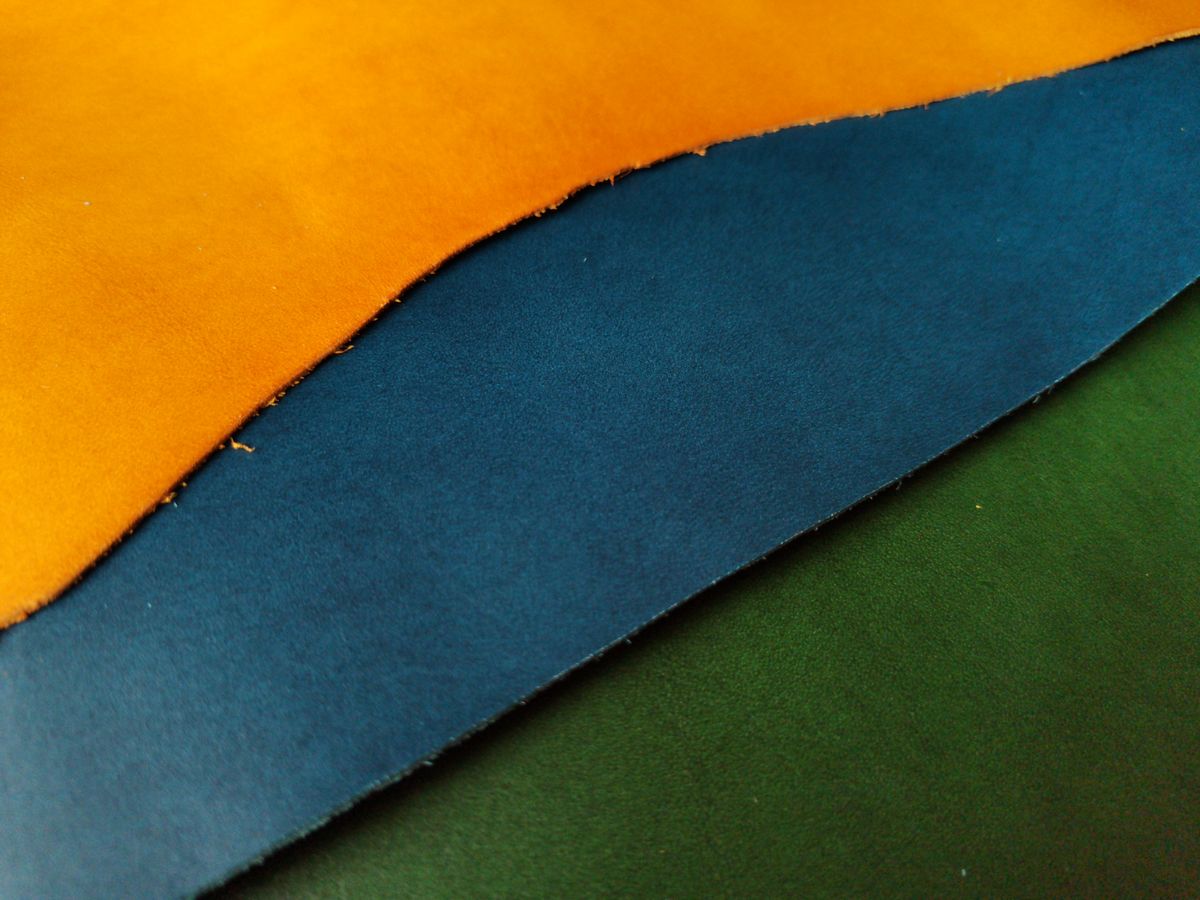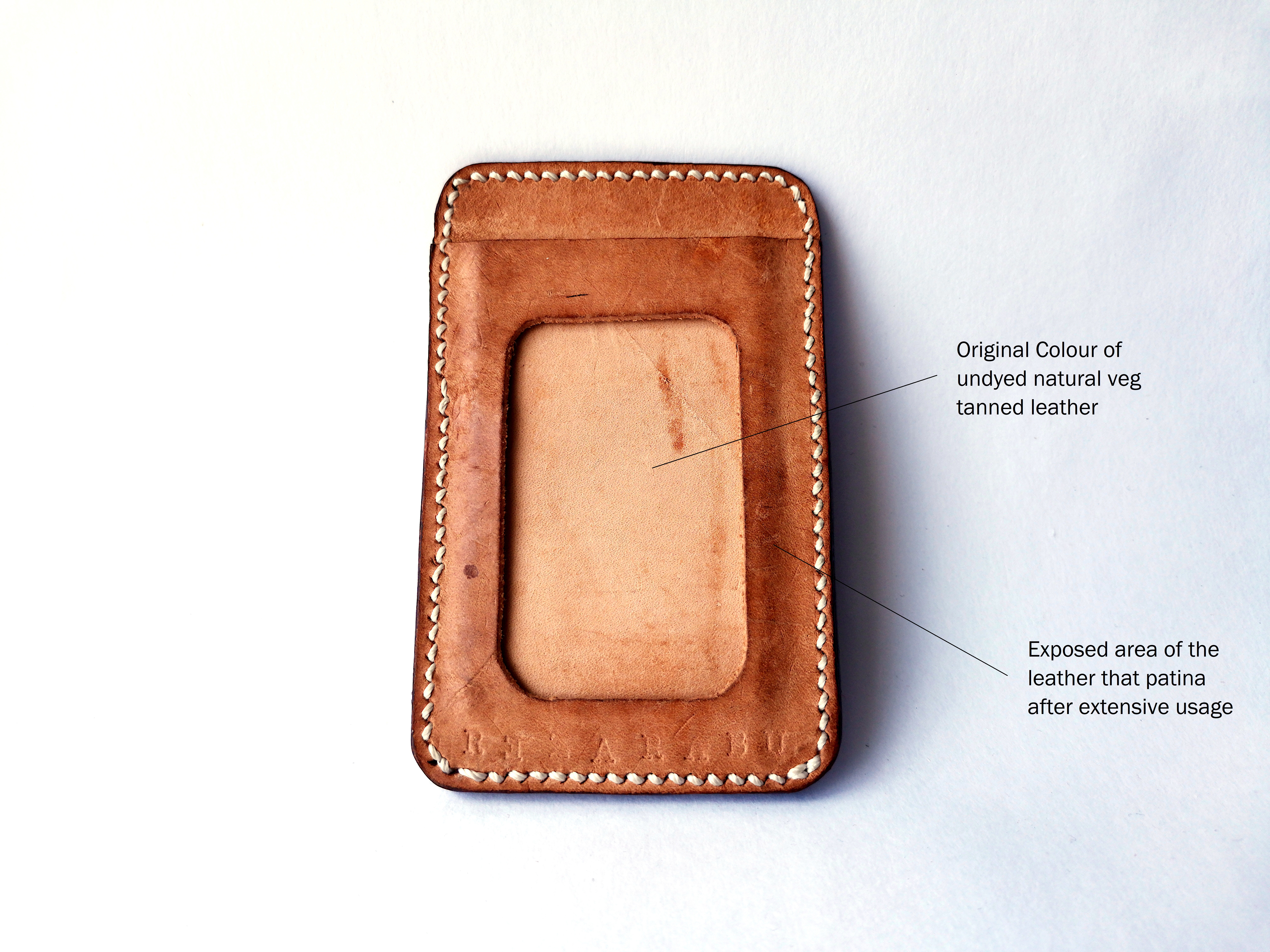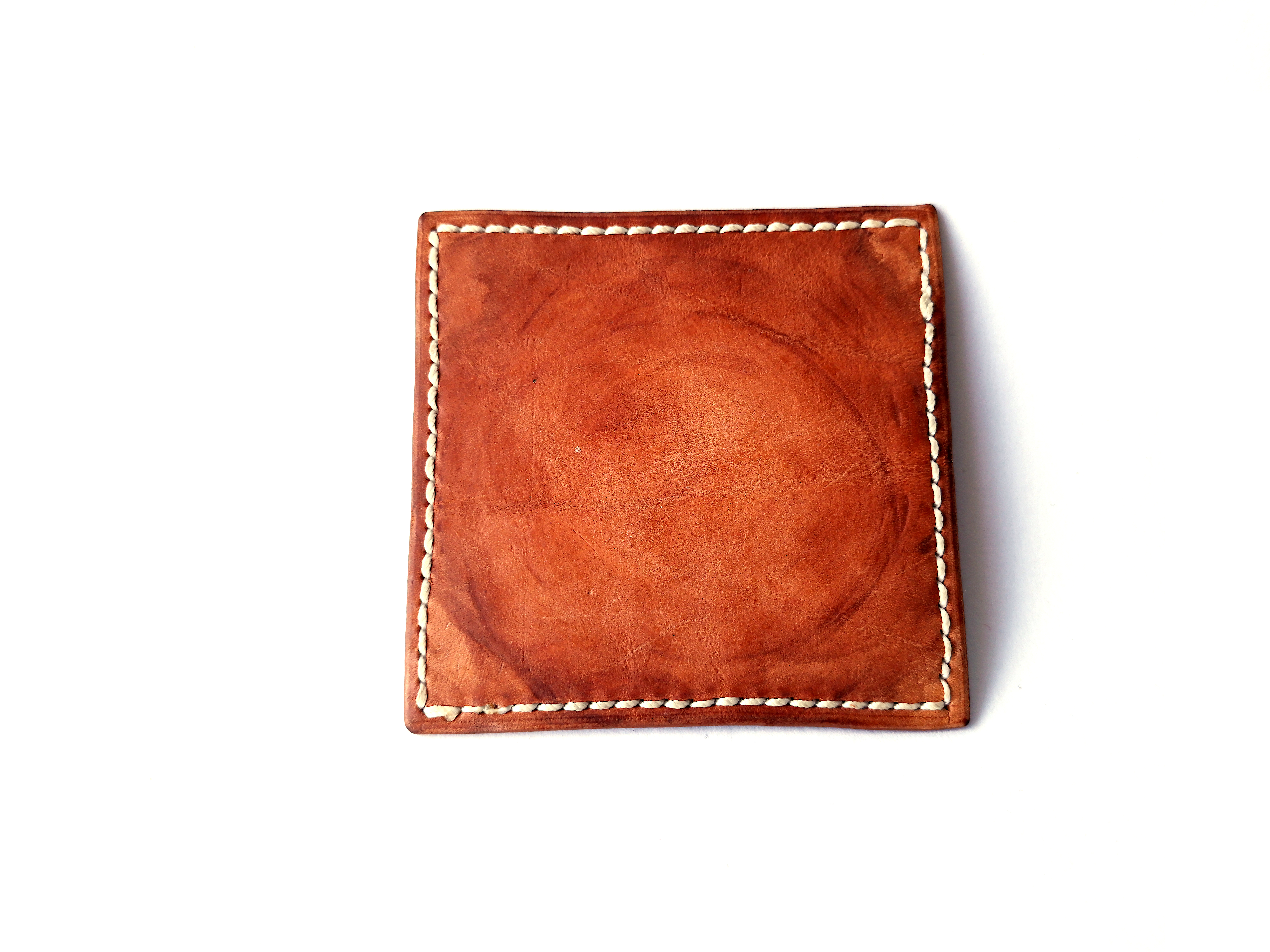
Leather itself comes in many different forms and sources. The raw hide that was obtained from the animal could not be used directly to produce leather goods. It has to be processed beforehand. The hide is tanned to make it less susceptible to decomposition/rotting. This also helps to alter the protein structure of the leather, make it soft and stretchable.
The process of animal hides preservation had been dated since early stone age where our ancestors used it to protect their feet and body. In the modern days, leather are normally tanned in 3 ways:
- Chrome Tanning
- Vegetable Tanning
- Combination Tanning (Vegetable and Chrome)
Vegetable tanning of hide is a process of leather hide tanning using natural tannins obtained from tree bark. The leather hide stays in the tannins liquid for weeks to months before the whole tanning process is completed, making it time consuming. The tannins tighten the fiber structure of the leather, make it strong and durable. The result of vegetable tanning is a leather that gets rich, ages with patina, unique and full of character.
 Figure 1: ID Card Holder that was made using undyed natural vegetable tanned leather
Figure 1: ID Card Holder that was made using undyed natural vegetable tanned leather

Figure 2: Leather cup coaster that patina and ages gracefully
Figure 1 refers to our very first ID card holder that we made and tested, you could observe that the middle portion which is covered by the card normally retain its natural colour and the outer section which is exposed to sunlight, moisture and also natural oil from our skin through normal usage darkens and patina beautifully. Figure 2 is another sample leather cup coaster that we made and patina over extensive usage.
